Making Better Homes help and advice hub
We have put together some helpful articles on how to make your projects more sustainable. Read about renovations, available grants, training and more.
We have put together some helpful articles on how to make your projects more sustainable. Read about renovations, available grants, training and more.
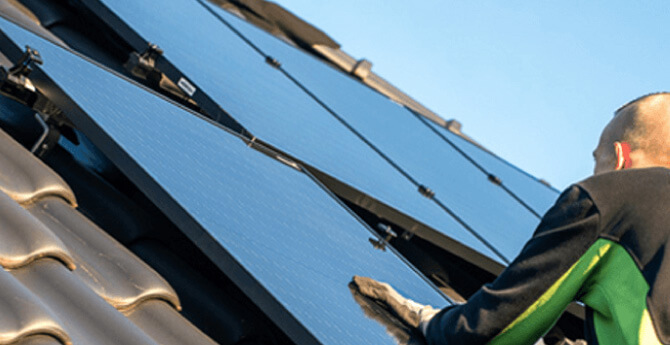
The solar PV market is bigger than ever. With rising energy prices and ambitious Net Zero targets leading the UK away from fossil fuels, solar PV has become one of the easiest, most cost-effective ways of generating renewable energy for homes and businesses.
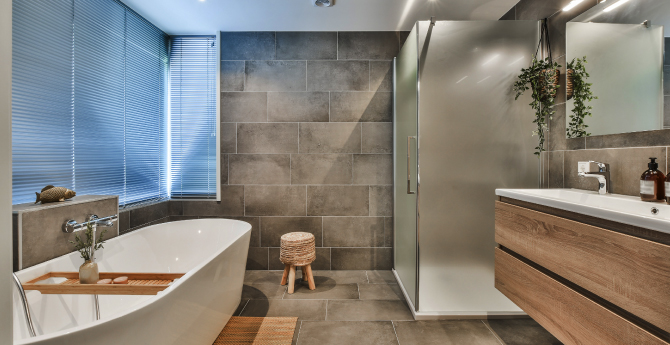
It’s likely that your customers are growing more concerned about their personal impact on the environment, but also want to keep the same levels of comfort in their home.
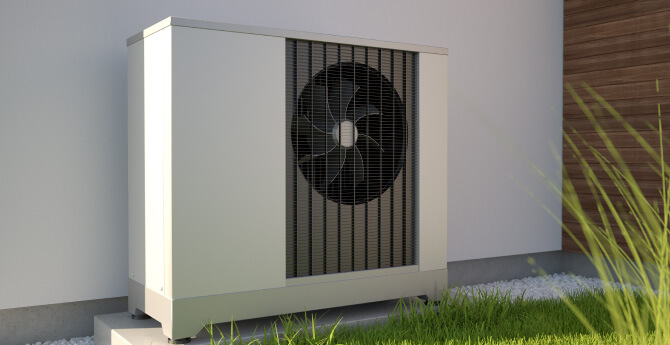
Air source heat pump uses heat energy from the air, and converts it into energy to heat homes. Grant heat pumps are ‘air-to-water’, which means that they extract useful heat from the outside air, and transfer it into ‘wet’ heating systems such as radiators or underfloor heating.
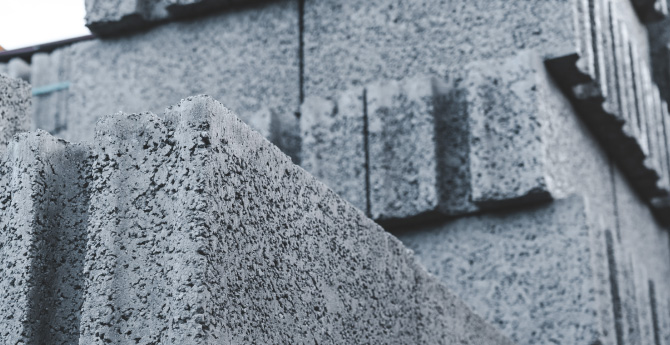
Construction has a major problem when it comes to the impact it has on the environment.

Let’s take a closer look at what’s causing the problem and what you can do to help your customers prepare and protect their homes.
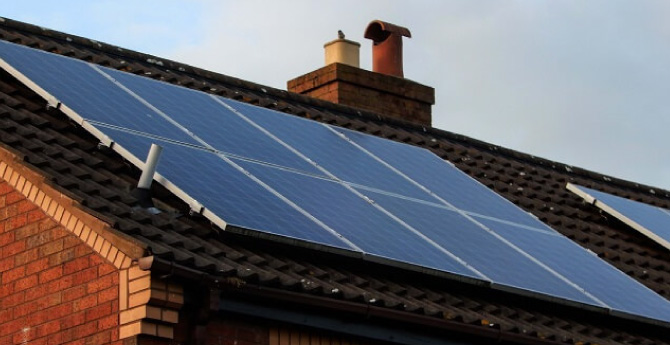
Solar thermal systems allow householders to utilise the power of the sun to provide hot water to their home. With zero CO₂ emissions, solar thermal is an environmentally responsible alternative to traditional energy sources, and can be easily incorporated into a new or existing heating system.
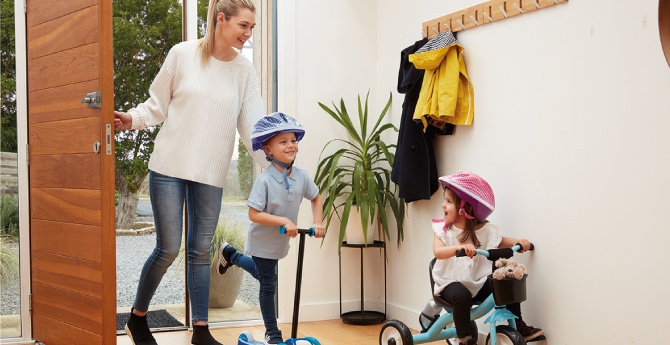
If you’re looking to create a truly comfortable home for your customer, then you should definitely be considering airtightness levels.
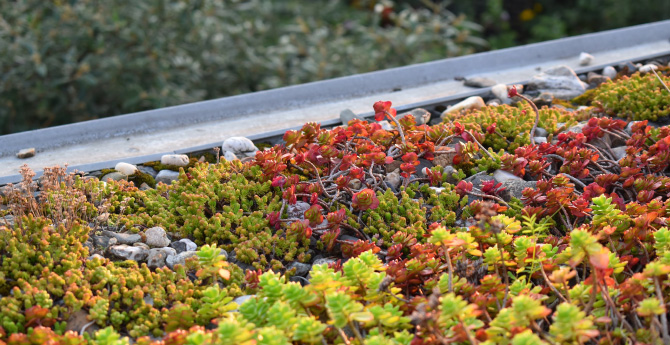
Here’s why sedum roofs are the perfect choice for anyone looking to make their home better for the environment.

Introducing: PipeSnug. This handy piece of kit is the only pipe sealant on the market that automatically meets Part L requirements.

If a full extension or loft conversion is a bit too daunting for your customers, then creating an outbuilding could be a good compromise.
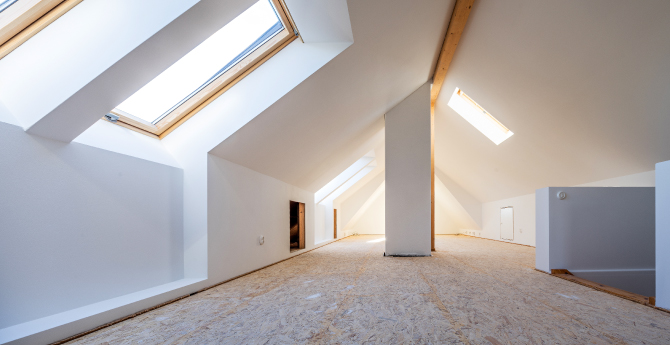
Whether it’s for an extra bedroom, bathroom, office space or personal gym, loft conversions are a great way to add value to a customer’s home.